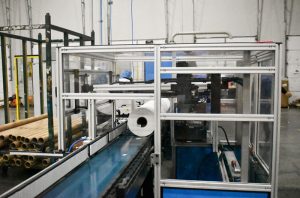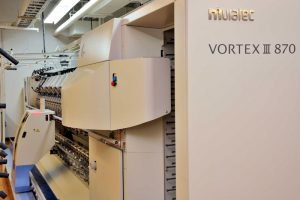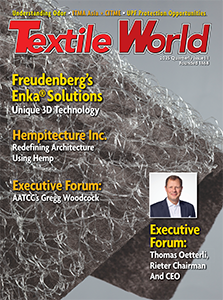WINSTON-SALEM, N.C. — January 10, 2022 — Agile City, Winston-Salem, N.C., a company in the field of business ecosystem building and entrepreneur innovation, announced nine winners of its Venture Winston Grants. Each company competed for a $50,000 non-dilutive and non-equity grant focusing on the future of nutrition and agriculture, health and wellbeing, and aviation and flight. Grantees will be partnered with mentors from Dairy Management Inc. (DMI), Novant Health and AeroX,
Winners have agreed to move 51 percent of operations and a co-founder to Winston-Salem for one year beginning on January 31, 2022. Grantees will have a personal mentor and consulting team throughout the program, free office space, accelerator education, and access to industry leaders and investors through Flywheel New Ventures Accelerator and Winston Starts Incubator. Other partners include Inmar Intelligence, Equilibrium, Greater Winston-Salem Inc. and the North Carolina Biotechnology Center.
Future of Agriculture and Nutrition Winners
ALLPUR Nutrition, Mooresville, N.C.: ALLPUR Nutrition Inc is an innovator of more nutritious, chemical-free, consumer favorite beverages such as sodas, energy drinks, meal supplements and meal replacement drinks.
Renaissance Fiber, Winston-Salem/Wilmington, N.C.: Renaissance Fiber is a cleantech/agtech company that produces soft textile fiber from raw hemp fiber using a patented, low-cost, Ecologically Invisible™ degumming technology.
smoodi Inc., Boston, Mass.: smoodi empowers healthy habits at any type of retail store through its proprietary, self-cleaning blender that creates healthy, fresh, delicious, and customizable on-the-go smoothies.
Future of Aviation and Flight Winners
AI Technology & Systems, Milpitas, Calif.: This company is building world’s largest EDGE AI app-store and marketplace built with edge compiler tool-chain to produce cost-effective firmware for bare metal devices including 300 billion Edge and MCU devices.
Southern Drone Co., Douglasville, Ga.: SDC excels in providing unique drone, sensory, and analytical services within the agriculture and forestry industry through our precision agriculture, weed mapping, crop and forest health analysis, zone management, and orthomosaic and elevation mapping services.
Future of Health and Wellbeing Winners
ILLUMII Pathfinding Group, Winston-Salem, N.C.: ILLUMII (ill-OO-mee) is changing the game for students and families by combining services to support the journey through childhood and adolescence with educational testing, tutoring, counseling, speech therapy, ADHD coaching and medication consultation, special educational advocacy, parent coaching and more.
Parrots Inc., Washington, DC: Parrots Inc. is an assistive robotics and medical devices company that creates smart, inclusive companions for people with mobility and communication challenges by assisting its users with seeing, speaking, and interacting with their surroundings.
Point Motion, Winston-Salem, N.C: A replacement of traditional at-home physical therapy, Point Motion is a solution centered in embodied music cognition, allowing patients to engage in cognitive & motor function assessments, while empowering health specialists to automatically collect valuable data on their clients.
Salud Mental Health, Winston-Salem, N.C.: This mental health kit helps Latinx families overcome the stigma around mental health and talk openly about their feelings, emotions, and pain by bringing culturally sensitive materials in Spanish for individuals to learn more about mental health disorders and engage in treatment with a professional.
Posted: January 10, 2022
Source: Agile City








